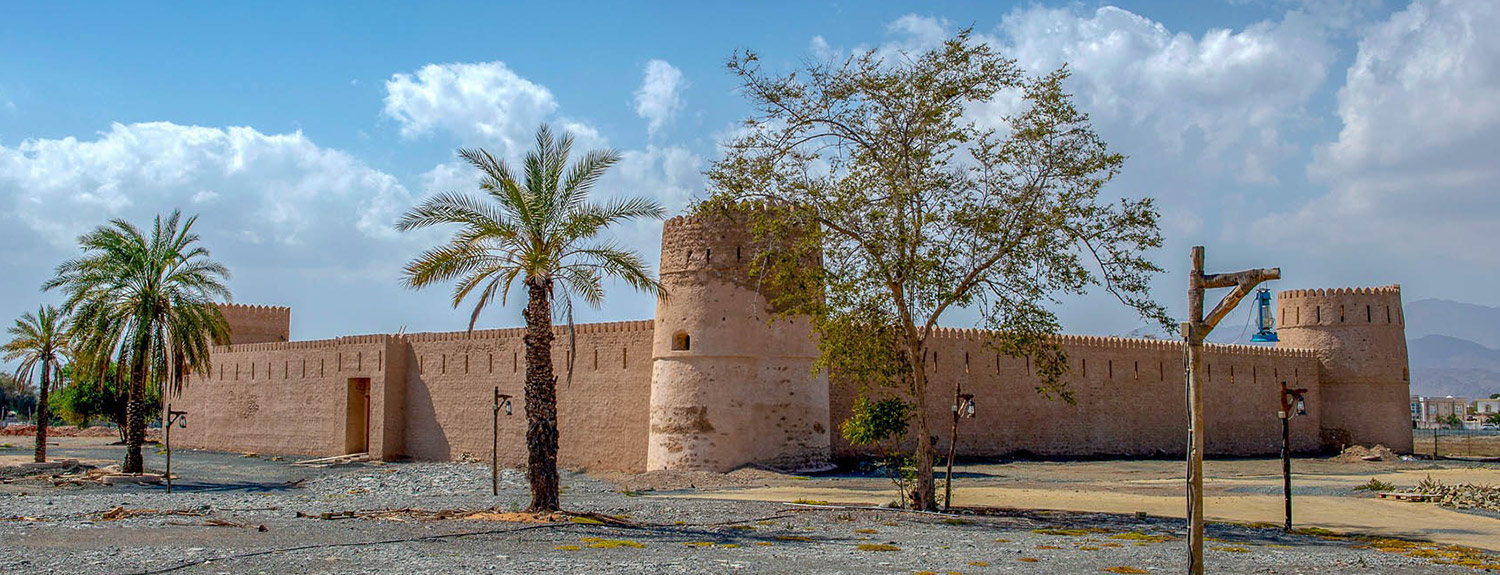
The Kalba Fort is an important historical monument reflecting the rich history of the region. Since its original construction in approximately 1745, in the 18th century AD, this fortress played a key role in the emirate’s defense system. Architecturally, the Kalba Fortress is an example of traditional Arab construction, with characteristic elements such as high walls and observation towers that provided protection from attacks. In time, additions were made to the structure of the mudbrick, gypsum and stone structure of the fort in 1820. Kalba Fort stands on the site of an original fortification captured by the Portuguese commander Gaspar Leite in March 1624 and is of an unusual construction, with buttressing indicating that it was perhaps developed from an original watchtower under Portuguese architectural influence.
Inside the Kalba Fort there are residential and utility rooms, as well as places for storing supplies and weapons. The fort displays various artifacts, which were discovered during excavations in the area. Some of these artifact date back to the eighteenth century BC, and some are even older. They are made of a variety of materials from ceramics to stone and some of them are marked with inscriptions, indicating important symbols from previous civilizations. Found metal items are also displayed, once used as tools in the manufacture of doors, household appliances, ship and locks.
Currently, the Kalba Fort is a popular tourist destination and cultural heritage site. Visitors can explore historical buildings, learn about the life and culture of the region’s inhabitants in the past, and enjoy the beauty of the surrounding nature. The fortress is also used to host cultural events and festivals that highlight the history and traditions of the Emirates.
![]()